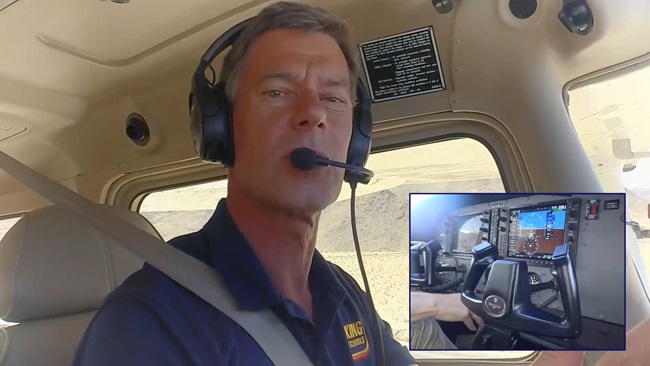Two-minute drill
Proficiency under pressure
I’m in the two-minute drill—the critical time for pilots in the first two minutes after brake release—and on the backside, the last two minutes before touchdown. The AOPA Air Safety Institute estimates that some 70 percent of all accidents and some 40 percent of fatal accidents happen during the two-minute drill.
In football, games are often decided in the last two minutes of the contest. This period is so critical that teams develop specific strategies for the last two minutes of the game. They work on them in practice, emphasizing time management and quick-but-precise action and reaction. Such practice sessions are known as “two-minute drills.”
The parallels to flying are obvious, except our two-minute drill also occurs at the start of our performance, when we’re just getting moving—physically and mentally—establishing our rhythm and our cadence with “teammates” like air traffic controllers, and co-pilots or other crew. It’s busy, and we’re frequently working at full mental capacity to stay ahead of the airplane. Our opponents are weather, airspace, complicated clearances, and the laws of physics. Just like in football, we are at our best when we’re ahead of our opponents, anticipating and taking initiative to control the situation.
Autopilots offer tremendous support in the two-minute drill. Used correctly, they take over mundane tasks and free us mentally to move ahead of the situation and anticipate our next moves. Used incorrectly, or relied on too much, they become a detriment and will fly us into problems. One such problem is lack of stick-and-rudder proficiency. I realized, reflecting on my departure in 4GA, that over-reliance on the autopilot was creeping into my flying and could result in a loss of proficiency in a flight arena where it was most needed.
A friend who flies a high-performance turboprop is a data wonk. He downloads data from his flights, graphs it, tables it, studies it, and occasionally contacts me with some interesting observations about his flying. His latest work came after watching an ASI analysis of a couple of accidents where pilots in high-performance airplanes lost control while obviously hand-flying during the two-minute drill in demanding conditions.
My friend began wondering about his own such proficiency hand-flying in the two-minute drill and, with a reason for a new data hunt, he went back through graphs of his recent flights. Aircraft performance graphs revealed the exact moment he engaged the autopilot. On a typical three-hour flight, he was hand-flying the airplane for a total of about two minutes, and even more concerning, those two minutes were usually in straight, non-maneuvering flight. He typically hand-flew the aircraft straight out on departure up to a few hundred feet, and then again on final approach a few hundred feet from landing. The autopilot flew most of the maneuvering on departure, en route, and through the approach and terminal phase. I confessed that my profile—flying 4GA loaded with the latest Garmin avionics and autopilot—would mirror his data set.
Certainly, proficiency in working advanced avionics and using the autopilot as a supporting tool is critical in aviation’s two-minute drill. Especially so when flying high-performance aircraft where the tempo is fast and crisp. Football teams develop their passing game, run game, and clock management to exacting standards in the two-minute drill. Relying on just one of those elements isn’t enough. In aviation, our two-minute drill requires proficiency to aviate, navigate, and communicate. We must maintain our proficiency in hand-flying the airplane so we are comfortable flying the aircraft exactly where we want it. Ironically, autopilots may not be available under the most demanding flying conditions: circling approaches, go-arounds into visual patterns, or strong turbulence, for example. As ASI accident analyses have revealed, if we don’t maintain proficiency hand-flying in placid condtions, we will struggle to do so in demanding conditions when the autopilot can’t handle it.
Work on your two-minute drill. Maintain proficiency in hand-flying the airplane through the departure, up to your final cruising altitude and again starting descent, and through the initial approach fix, on approach all the way to touchdown. The confidence you’ll gain may one day prove vital to success in a two-minute drill, in tough conditions where one critical mistake could be devastating.
[email protected]
Instagram: SpadMcSpadden
TikTok: PropBlast



